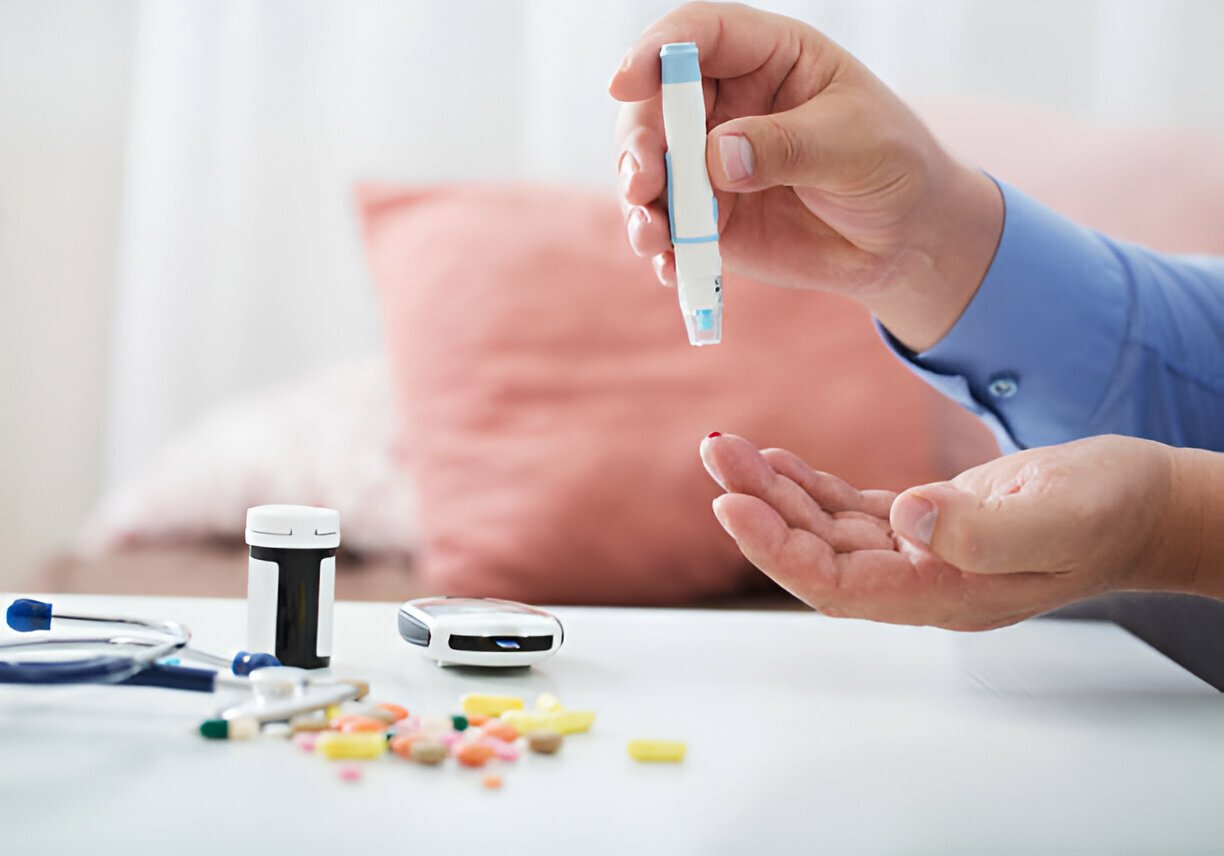Have you ever worried about what drugs your child might come across when they’re not at home? Today, there’s a scary drug called fentanyl out there that can be dangerous, especially for young people. But as a parent, you want to keep your child safe, right? So, how can you make sure they stay away from this risky stuff? That’s where at-home fentanyl drug testing kits come in. They’re like a safety tool for parents to check if their child has been near fentanyl. These kits are easy to use and can help you keep an eye on your child’s health. In this guide, we’ll talk about why these kits are important, how to use them, and what to do with the results. It’s all about making sure your child stays safe from the dangers of drugs like fentanyl.
What Exactly is Fentanyl?
Fentanyl is a synthetic opioid that is 50 to 100 times more potent than morphine. It is prescribed for severe pain management but is also illicitly manufactured and sold, often mixed with other drugs like heroin, cocaine, and methamphetamine. This unregulated production increases the risk of overdose, as users are often unaware of fentanyl’s presence and potency.
Why At-Home Fentanyl Testing?
1. Early Detection: Fentanyl can quickly lead to dependency and overdose. Early detection through at-home testing can prevent severe health consequences.
2. Privacy and Convenience: custom fentanyl detection testing kits provide a private and convenient way to monitor drug use without needing clinical visits.
3. Parental Control: Regular testing can help parents maintain a safer environment for their children by identifying and addressing drug use promptly.
Choosing the Right Test Kit
When selecting an at-home fentanyl testing kit, consider the following factors:
1. Accuracy: Choose a kit with high sensitivity and specificity to ensure reliable results.
2. Ease of Use: The test should be simple to administer and interpret.
3. Cost: While some kits might be more expensive, you can buy the fentalert test pack wholesale price easily online.
4. Support: Look for kits that offer customer support or access to resources for further assistance.
How to Use At-Home Fentanyl Test Kits?
1. Read Instructions Carefully: Before using the test kit, read the instructions thoroughly to ensure proper usage.
2. Sample Collection: Depending on the kit, you may need a urine, saliva, or hair sample. Urine tests are most common due to their ease of use and accuracy.
3. Administer the Test: Follow the step-by-step instructions for administering the test. Typically, this involves dipping a test strip into a urine sample and waiting for a specified time.
4. Interpret Results: Most tests will have a control line and a test line. The presence or absence of the test line will indicate a positive or negative result for fentanyl.
Interpreting Test Results
1. Negative Result: This means no fentanyl was detected in the sample. However, remain vigilant as drug use can fluctuate.
2. Positive Result: If fentanyl is detected, it’s crucial to approach the situation with care and compassion. Confirm the result with a second test or consult a healthcare professional for further evaluation.
What to Do If the Test Is Positive?
1. Stay Calm: A positive result can be distressing, but it’s important to stay calm and composed.
2. Communicate: Have an open and non-judgmental conversation with your child. Express your concern for their health and well-being.
3. Seek Professional Help: Consult a healthcare provider or addiction specialist to discuss treatment options and next steps.
4. Support Your Child: Provide emotional support and encourage healthy coping mechanisms.
Prevention Strategies
1. Education: Educate your child about the dangers of drug use, particularly the risks associated with fentanyl.
2. Communication: Maintain open lines of communication. Encourage your child to talk about their experiences and feelings.
3. Supervision: Be aware of your child’s activities and peer group. Monitor for any signs of drug use.
4. Support Networks: Engage in community resources and support groups that offer assistance for parents and families dealing with substance abuse issues.
Legal and Ethical Considerations
1. Consent: Ensure you have your child’s consent before administering a drug test. Forced testing can damage trust and relationships.
2. Confidentiality: Respect your child’s privacy. Share test results only with necessary parties, such as healthcare providers.
Conclusion
Fentanyl poses a significant threat to public health, particularly among young people. As a parent, utilizing at-home fentanyl drug testing can be a crucial tool in protecting your child from the dangers of this potent opioid. By choosing the right test kit, understanding how to use it, and knowing how to respond to positive results, you can take proactive steps to ensure your child’s safety and well-being. Remember, the goal is to foster a supportive environment that encourages open communication, education, and professional guidance when needed.
By staying informed and vigilant, you can help navigate the challenges posed by the opioid crisis and safeguard your family’s future.



